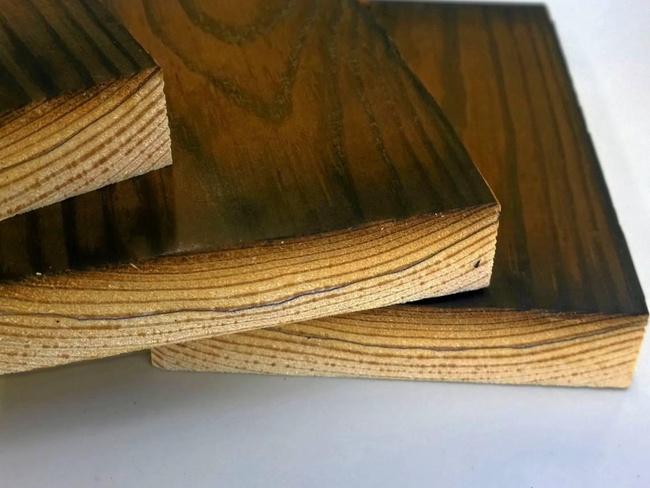

Aalto university is studying whether wood structures could be protected against fire by charring the surface of the wood.
According to Lauri Rautkari, Deputy Professor of Wood Material Science and Technology, his research group has tested various controlled charring techniques from large flame-spewing devices to electric hotplates.
Charring wood at 200–300 degrees Celsius turns its surface dark brown and at 300–500 degrees black. Charring is cheap and eco-friendly and creates an almost maintenance-free surface finish, though its appearance might not be attractive to consumers. In other respects its properties and practicality are good.
Charring also protects wood from decay. In humid conditions, water is normally bound to the hydroxyl groups on the wood surface. This causes the wood to swell and crack and opens the way in for fungi. Charring prevents this and the wood surface may remain intact for centuries.
The charring process is also easy to renew. ‘Take graffiti, for example. It can be removed just by scrubbing. If you need to scrub so hard as to remove the charred layer, the surface is easy to re-char manually,’ says Rautkari in an article published in the Tekniikka&Talous magazine.
